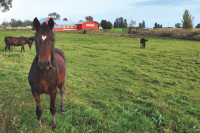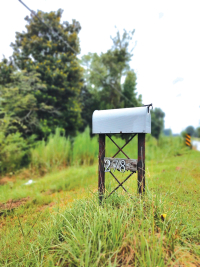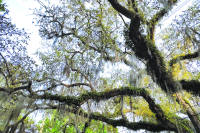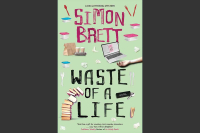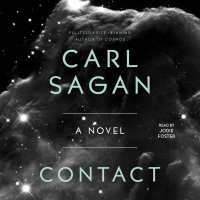Taking it to the streets: Asheville mural artist Dustin Spagnola
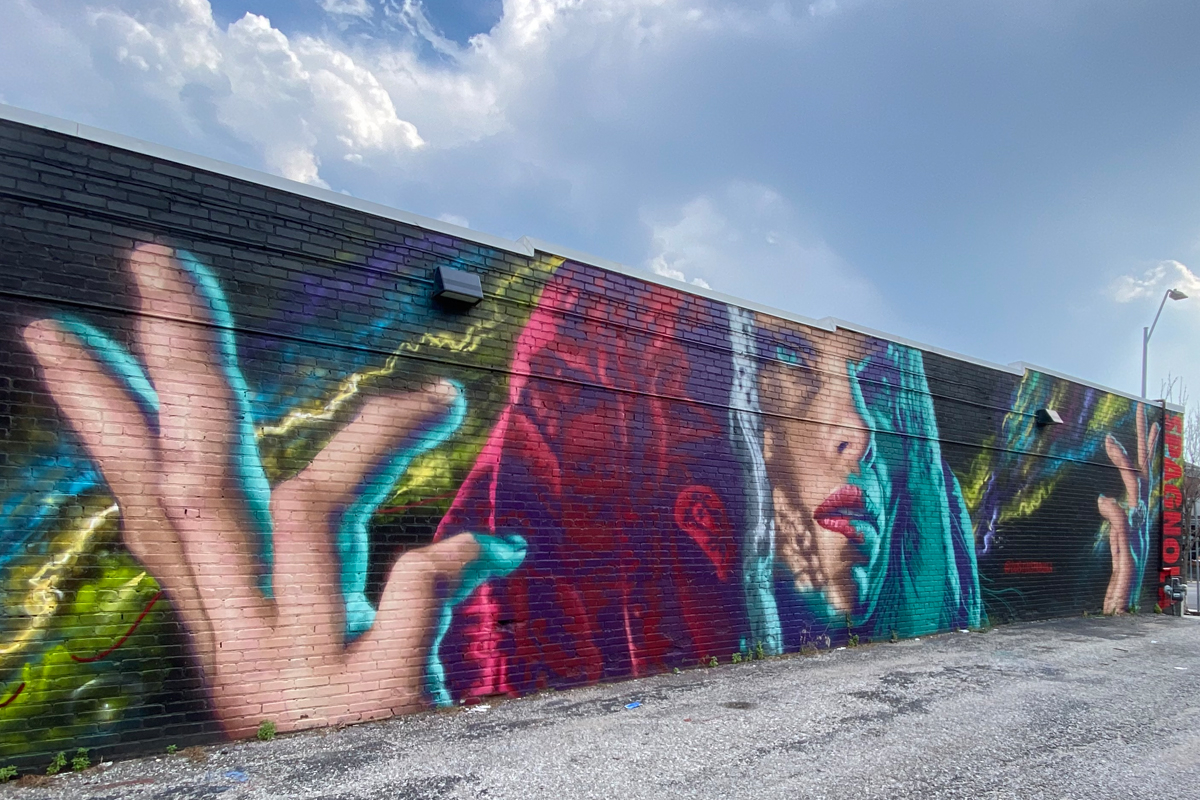 A renowned tattoo artist and muralist, works by Dustin Spagnola can be found around the city of Asheville (mural pictured is in Kansas City) and other metropolitan areas across the country. Breanna Delannoy photos
A renowned tattoo artist and muralist, works by Dustin Spagnola can be found around the city of Asheville (mural pictured is in Kansas City) and other metropolitan areas across the country. Breanna Delannoy photos
“After pop art, graffiti is probably the biggest art movement in recent history to have such an impact on culture.”
Famed art dealer Jeffrey Deitch wasn’t wrong when he made the above statement during a conversation for Interview Magazine. Simply put, graffiti, street art and murals invite the viewer to listen visually on a public stage. You can explain it the best you can, but the only way to enlighten someone is to show them what it is and its importance.
So, when trying to sort out how to go about introducing this art form to a possible uninformed audience, I called on a familiar face for a chat, a good friend of mine, who just so happens to be a very talented and well-known artist in Asheville — Dustin Spagnola.
If you’ve visited Asheville in the last decade or so, you might recognize his public works scattered about town. Murals of people and cultural icons on the sides of local businesses. Pieces on display in local art shows. Maybe his paintings in the window of his tattoo parlor/art space at the 474 Gallery Studio in West Asheville.
Spagnola is a contemporary artist, with his work focusing on — but not limited to — portraiture, with both oil and spray paint as his mediums. Throughout his career, he has worked alongside many street artists, muralists and graffiti writers, both nationally and internationally.
With his background and education in art as a graduate of Warren Wilson College in Swannanoa, Spagnola has worked in and around public spaces for a large portion of his career. Simply put, he’s an example of an artist who has an understanding of how public works can impact a community.
Related Items
“When you have people actively working to make something vibrant, who are interested in making public art, people are interested in walking around and they’re able to interact with their physical location in a way that maybe they might not choose otherwise — it changes the user’s experience of space, it engages people more and the space becomes more alive,” Spagnola said.
Spagnola and I met in his studio and chatted about the piece he had recently completed during the annual Art Basel/Art Week in Miami in January. The street mural he had done was one I had seen him do before on canvas with oil paint — a style Spagnola elegantly captures with his murals.
“I want to remind people that art isn’t just for people in a museum or people with money or people with a degree,” Spagnola said. “Art is a part of all of our lives, whether it’s the cartoons your children watch on our clothing, the music we listen to or the cars we have.”
Now, this would seem to be a far cry from the “graffiti” most people encounter on a day-to-day basis. And, to some, it might not be considered the same thing technically. Let me clarify — street art and graffiti are two different styles overlapping, the same family, but not the same thing.
Over the last decade or so, murals have become more accepted, whereas most other forms of graffiti have not. And, with the rise in popularity, the art form has taken on a different role within many cities and towns.

“Not every muralist out there creating something is a graffiti artist — some might know nothing about that culture,” Spagnola said. “I’ve met people who’ve never picked up a can of spray paint that were hired to do a mural, with no knowledge or background of creating murals and the people hiring them don’t either. Make art and maybe get to know more about the people around you who are making art as well — that’s just being respectful to other artists.”
Regardless, if it’s seasoned artists or newcomers, what in general it is about street art and graffiti that makes a place like Asheville — or any town really — somewhere where people would want to come visit?
“The reality is that it draws people in, makes the town more accessible and maybe makes it safer to some degree,” Spagnola said. “If you have a town that’s all grey and beige, it’s boring and that’s all there is to it. You might have pretty green trees and pretty mountains, but the visual landscape of the city itself can be boring and that doesn’t mean that it’s free of crime or that it’s safe.”
So, then what about safety and accessibility?
“I’ve been to places where they’re actively trying to get rid of graffiti and not allowing visual art. Just because it has clean walls and an outdoor space doesn’t make a place safe,” Spagnola said. “It’s the difference between a bunch of abandoned storefronts and a bunch of businesses packed full of customers. Where would you want to be? When you have people walking around on the street, engaging with one another, talking about art and community, that unused space becomes something important.”
As our conversation came to a close, I asked Spagnola what he would like people — who might have a preconceived notion of what graffiti and street art is — to understand and take away when seeing this art form out in public.
“A gallon of paint from the hardware store is one of the most accessible tools you can get in this world,” Spagnola said. “It’s so simple to create a mural, so simple to remove them and make something new. I want to encourage people to enjoy making things — it’s one of the nicer aspects of being alive.”





